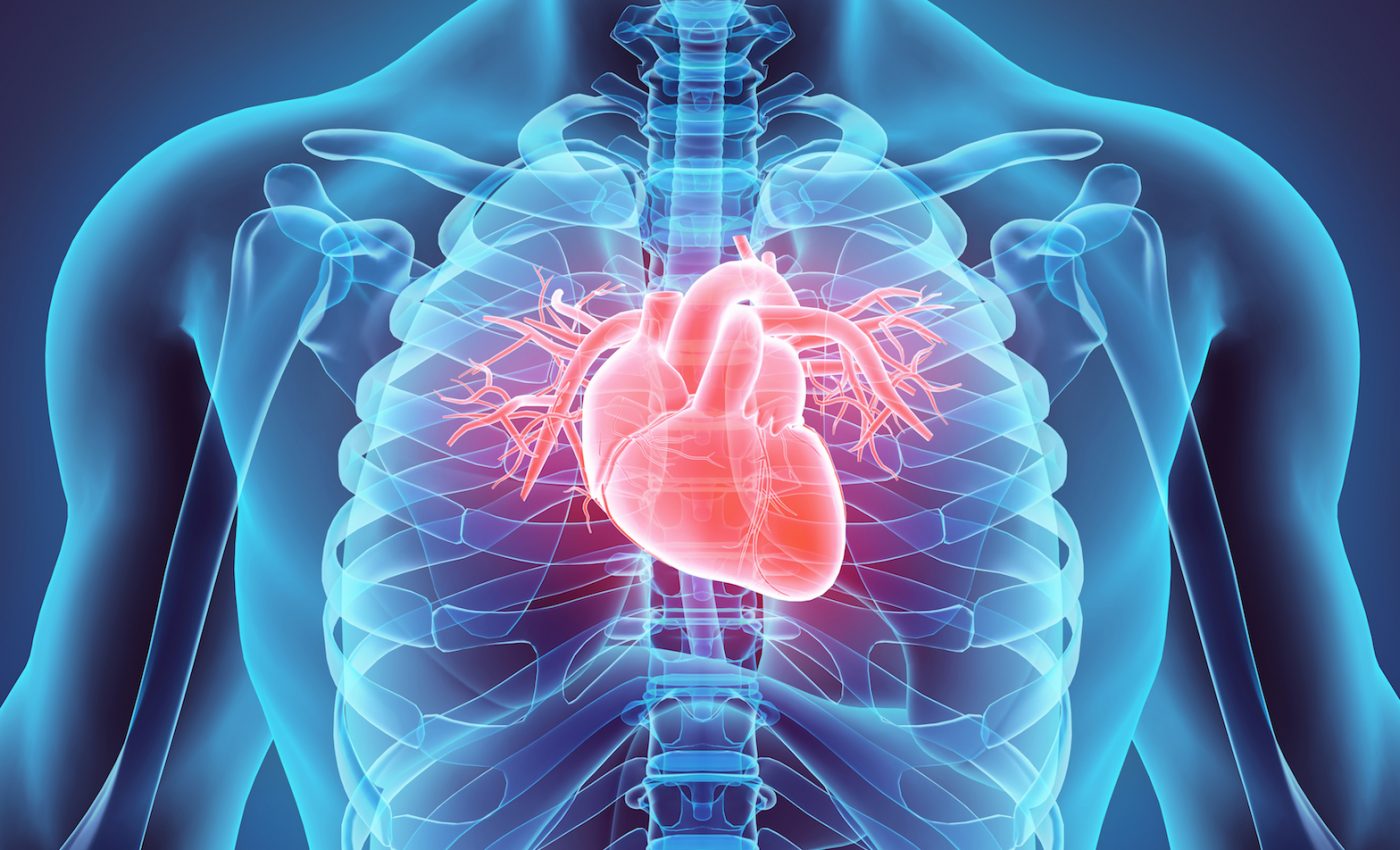
Stem cells can be turned into heart cells to heal damage
Human stem cells seem to have an almost unlimited potential to advance disease treatment and prevention in the near future. While their study has been somewhat controversial at times, scientists around the world are excited about the possibilities that stem cells present.
In a new study published in Cell Stem Cell, researchers from Australia report the most in-depth study ever of how human stem cells can be turned into heart cells. Researchers from the Institute for Molecular Bioscience at the University of Queensland and the Garvan Institute of Medical Research measured changes in gene activity in tens of thousands of individual cells as they move through the stages of heart development.
It’s clear that while some of our tissues have the ability to repair themselves – such as our skin, liver, bones, and limb muscles – the heart does not. This is one of the reasons that heart disease is the leading cause of death globally.
“The big challenge, as we see it, is to uncover new approaches and new insights into ways to help the heart repair itself,” says Dr. Nathan Palpant of the Institute for Molecular Bioscience, who co-led the new research. “We think the answers to heart repair almost certainly lie in understanding heart development. If we can get to grips with the complex choreography of how the heart builds itself in the first place, we’re well placed to find new approaches to helping it rebuild after damage.”
In their study, the researchers mimicked how a heart develops in the embryo, beginning with skin-derived human pluripotent stem cells that can turn into any cell type in our body. The researchers used cues from developmental biology findings to guide the cells into heart cells (cardiomyocytes) over time.
In the next steps, they used single-cell RNA sequencing to catalogue how individual cells changed as they went from stem cells to mature heart cells. This involved measuring the activity of about 17,000 genes for each of the 40,000 individual heart cells – basically every active gene in the heart.
Their results showed gene-activity patterns unique to the development of cardiac cells, which now greatly increases our understanding of how the heart builds itself.
“The development of the heart is like an intricate dance,” says assistant professor Joseph Powell, head of the Garvan-Weizmann Centre for Cellular Genomics and co-leader of this research. “Each cell goes through its own series of complex, nuanced changes. They are all different, and changes in one cell affect the activity of other cells. By tracking those changes across the different stages of development, we can learn a huge amount about how different subtypes of heart cells are controlled, and how they work together to build the heart.”
With this new information, the team discovered that a gene called HOPX is essential for controlling how the heart grows bigger – known as hypertrophy. The gene controls a critical decision point in heart development, which changes heart cells that are immature and still dividing to heart cells that are mature, bigger, and no longer divide. This discovery will now help researchers better study the processes that lead to congenital heart disease, and could result in a new strategy for controlling heart regeneration.
“We can start to look deeper and more carefully at how the heart develops,” says Dr. Palpant. “The information we’ve gained from this work has positioned us to take on new and bigger questions in cardiovascular disease.”
—
By Connor Ertz, Earth.com Staff Writer













